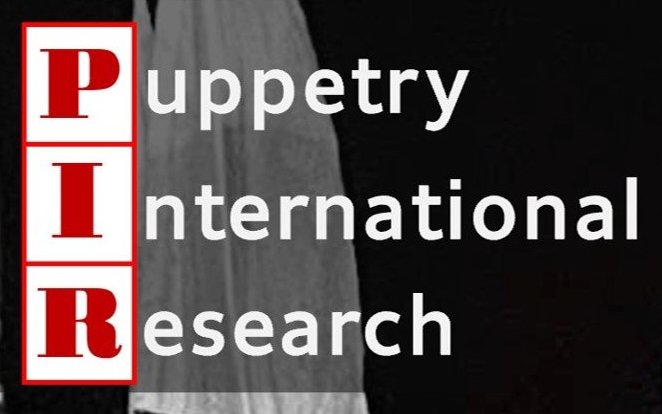DIRECTING AND DIRECTORS
FALL/WINTER 2013 ISSUE NO. 34
Table of Contents • Editor's Note • Selections
When I was a theater student, back in the early seventies, I took a directing class. It was a required course, but I'd been looking forward to it as a sort of initiation into a secret world. That is, acting was second nature to me— a calling. Directing, though, was still opaque; how did one captain the ship of a great theatrical enterprise, with its diverse midshipmen, technicians, designs and moving parts through the storms (and occasional mutinies) of rehearsal, safely into the port of opening night, its cheering throngs gathered on the docks? This was uncharted territory with plenty of hazards (extended nautical metaphors, for instance), and I was eager to learn. There were four professors in our modest, though busy, theater department. Each of them directed a play during the year, but Dr. Colbath always taught directing. He was a dashing man—had been at RADA with Brando and had published plays. He also smoked, but in a cool, James Dean way (if Dean had survived and grown old and taught at a University). Whether by dumb luck or design, Dr. C. assigned me Peter Schumann as the topic of my research paper. Perhaps the love of puppets was already visible in my aura. I'd grown up with Howdy Doody, Lambchop, Snarky Parker and others of their ilk, but did not yet know the work of Bread and Puppet, even though they were then actively protesting US involvement in Vietnam. I was dumbstruck at the notion that puppets could do serious (or farcical) theater for adults. When I was subsequently assigned the first three mystery plays in the Wakefield Cycle (The Creation of the World, The Garden of Eden and Adam and Eve's Expulsion) as my directing assignment, I knew I had the perfect vehicle with which to launch my puppetry career.
This was U. Maine, Orono, and back then the winters were Arctic. The school shut down for several months that year to save money (the fuel Crisis of '73) which gave me enough time—I thought—to build a mess of giant, Bread and Puppet-type figures. My inexperience was evident in all aspects of the show. Into the chicken-wire frame of God's enormous head, I wove a wig from long strips I'd cut from rolls of pink, fiberglass insulation, thoughtfully left in the garage by our landlord in the ludicrous hope that we might use it to insulate the house. The pink hair and beard were spectacular, if itchy, and added no more than twenty pounds to the overall weight of the figure, so it was worth all the time and effort. Directing the show was a real adventure. First off, the puppets weren't done until opening night-1 mean,! was tying arms to bodies as the audience was filing into the auditorium. Fortunately, I'd pre-recorded the dialog, but rehearsals consisted of actors walking around holding ski poles and various lengths of bamboo, pretending to manipulate.. .something. I was lucky that my cast members were housemates and other theater students, battle-hardened by years of rehearsing six or seven shows simultaneously.
Eventually, the lights came up and I stood at the back of the audience, watching my giant puppets in action for the first time. When God moved his arm from stage right to stage left in one sweeping gesture, the scales, as they say, fell from my eyes. Adam and Eve, my masked dancers, were dwarfed by the presence of the Almighty (and what chance did they have against the serpent—twenty-five feet of writhing, devious duplicity, convincingly inhabited by two housemates in what I later learned was an "altered state").
In that moment, I realized both the power of the puppet and my shortcomings as a director. Forty years later, I continue to be impressed by the former and to battle with the latter, while Peter Schumann celebrates fifty years as director of Bread and Puppet Theater [John Bell, page 16]. He is still strong, and still "speaks truth to power."
Also in this issue, Alissa Mello profiles the long collaboration between Mary Underwood and Philippe Genty [page 4]. We have two articles about Iranian directors, both by Iranian writers [Mirsajadi, page 28, and Mirfindireski, page 36]. Together, they give us a fascinating look at what it means to be a director in a challenging political landscape. Irina Niculescu [page 24] and Richard Bradshaw [page 8] reflect on their careers as directors. We also have interviews with Dadi Padumjee and Peter J. Wilson, and articles on Jon Ludwig, Burr Tilstrum and Oriza Hirata.
Bonnie continues to work here as art director, and gives me notes whenever I forget my blocking. Many thanks to our wonderful crew of John Bell, Dassia Posner, our peer reviewers and our dedicated staff and board of directors.
-Andrew Periale



